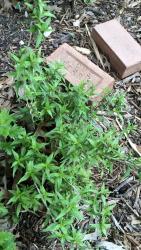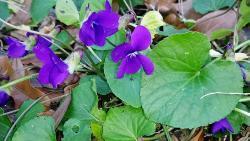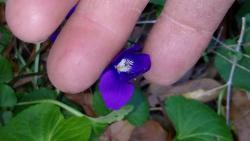Josephine ...
Thank you for the encouragement. I live in one of the few areas of California where there is little information about native plants online that really fits my climate. I think that's because there is such a small population up here in the mountains. Also, everything is dictated by the elevation where you are located. Of course, there are native plants, but the information isn't as readily available.
There is a lot of information for southern California, coastal California, the Sierra foothills, chaparral climates, but not much that quite fits here ...

So, I am always on the look out for plants and plant combinations that can handle heat and poor soil.
I have found out that these are the two variables that are the hardest on any plant in this garden because I have no shade. The heat simply eats all of the organics whether they are dug into the soil or placed on top, so building good soil for the long term is a dream, but it is wiser to find plants that are happy with less fertile soil and can handle the heat.
For now, I am not working on my front yard. That's deer territory ...

It's actually quite small and once I am happy with the house pad garden, I'll work out there. The house pad garden is half of my back yard. Most of the back yard is taken up by a steep slope that the previous owner, Mrs. J, planted in four different types of juniper. I am certain those junipers are keeping the slope in place ..

I've planted a lot of roses in several beds and they are doing well, but this is not really a rose-friendly climate. I can keep them happy as long as I am willing to do the work. No, I am not growing exhibition roses, so I don't have to give them the care that most people think roses require, but they do need more attention than they would require if I had better soil. I am now living in an older body and need to simplify my garden and learn about other plants.
To my surprise, my California poppies re-bloom all season because they do get water all through the growing season. In nature, they only get the spring rains, so they are thought to be once blooming. I wonder if that is true for other wildflowers.
I starred your post for research this winter. I am giving away a LOT of roses, so I'll be needing more plants in spring.


